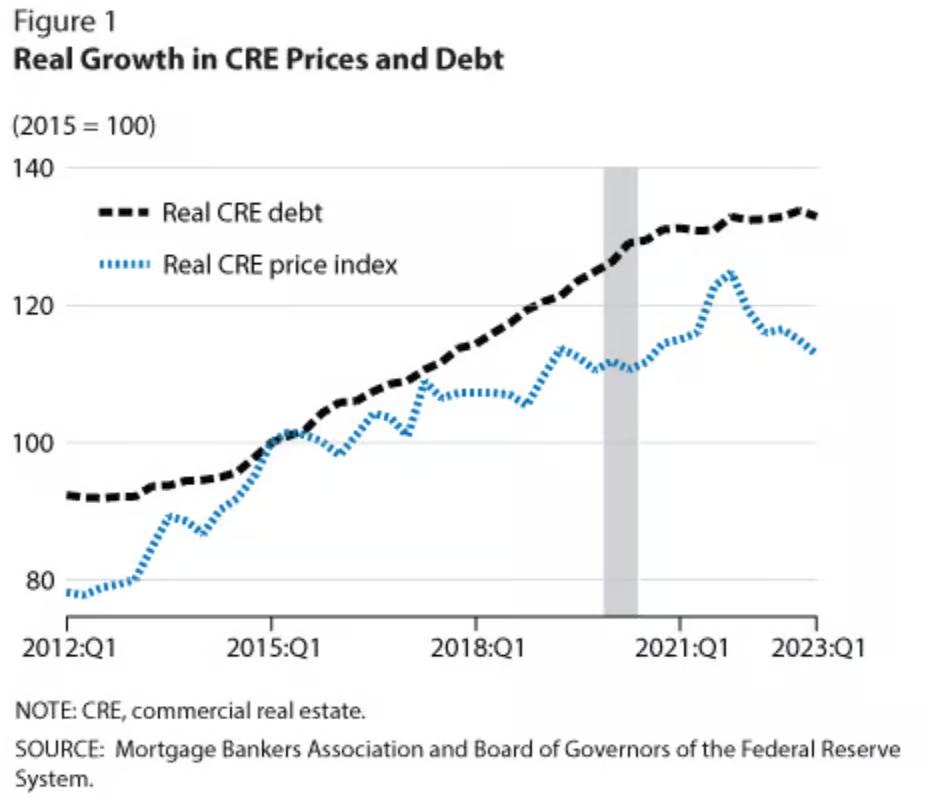The California Department of Water Resources (DWR) last week released its next five-year plan for the State Water Project—Update 2023. After years of meetings, California’s premier water agency has decided to focus on “three intersecting themes: addressing climate urgency, strengthening watershed resilience, and achieving equity in water management.”
Water supplies for California’s 40 million people and the planet’s most productive agriculture have third- to fifth-level priority.
There is nothing new here, except to publicly admit to betraying the public trust. Really?
Over several decades, the public has been deceived into voting for water bonds that have little new water in them—phony promises to build new water storage and aqueducts. About 12 percent of bond funds are spent on new water storage. The rest of the bond funds have been squandered on scores of local and special-interest environmental projects, e.g., tearing down four Klamath-area dams—killing fish to save them—and opposing substantial new water projects, e.g., raising Shasta Dam and building Auburn Dam.
Further, by California law, water must be equitably distributed, pumped “equally”—half to human beings (if you count agriculture) and half to fish (the water-short Pacific Ocean, 187 quadrillion gallons). During the big rains of 2024, about 90 percent of the water was flushed to the Pacific through the gills of perhaps a half dozen delta smelt.
Farmers call it a manmade drought.
The politicos halted humans “taking” water, “diverting” it, from fish. Under the U.S. Constitution, the taking of private property requires just compensation—not mass confiscation. Water rights are a complex species of property.
“Our findings show that atmospheric river activity exceeds what has occurred since instrumental record keeping began,” said Clarke Knight, a U.S. Geological Survey research geographer.
Still, DWR scheduled 2024 meetings of the Drought Resilience Interagency & Partners (DRIP) Collaborative for April, July, and October.
…click on the above link to read the rest of the article…




